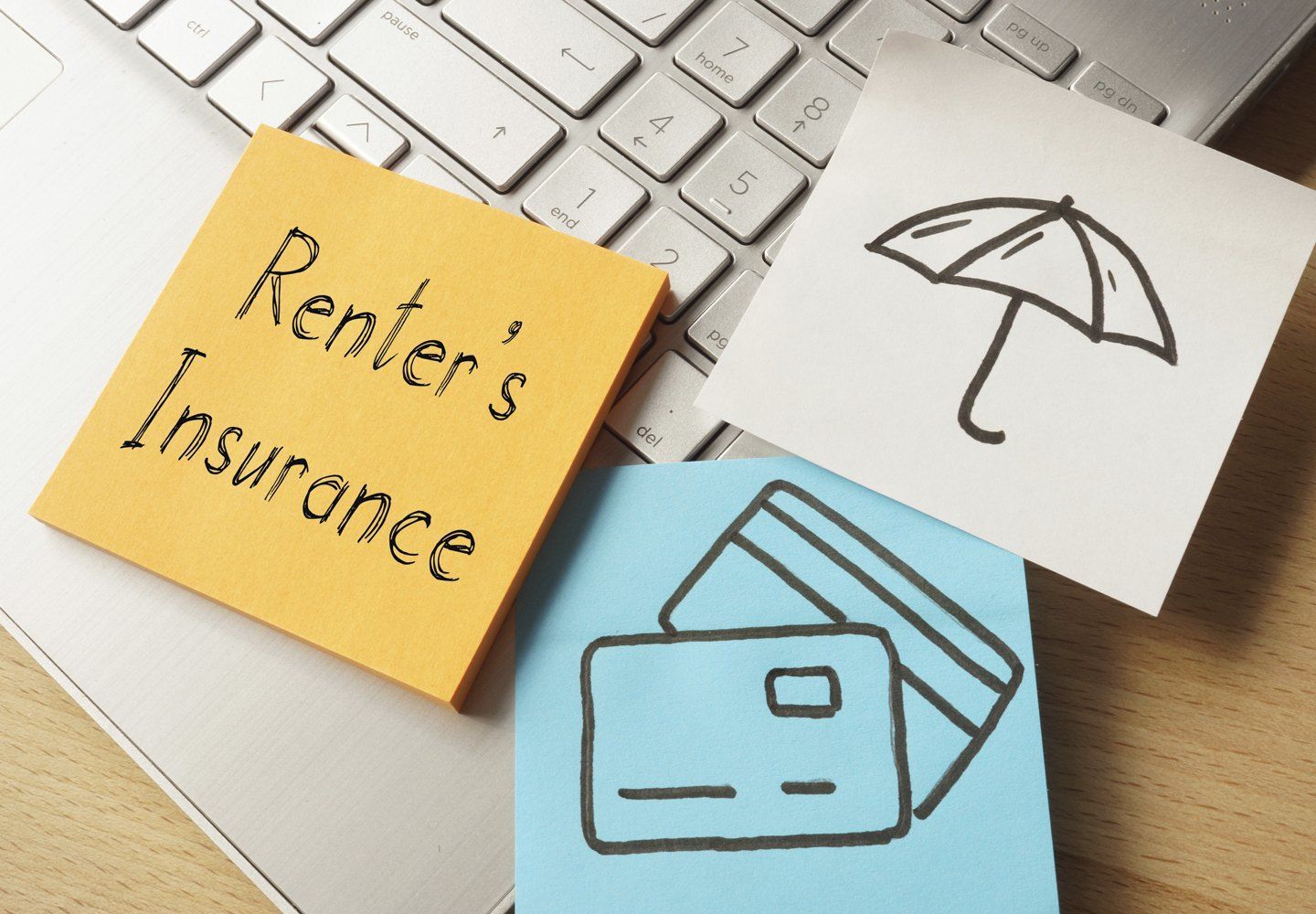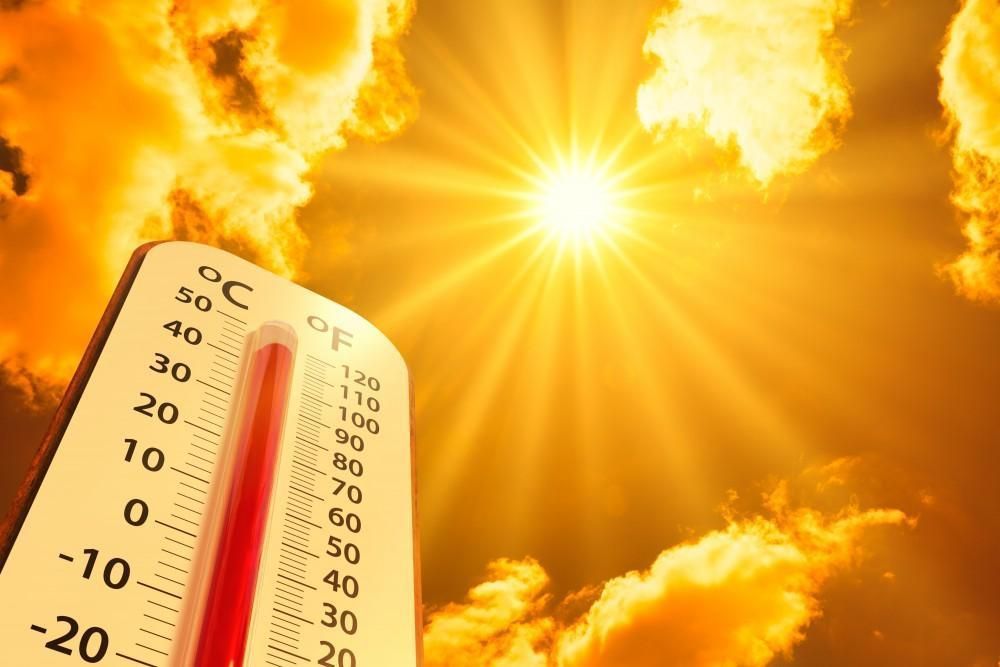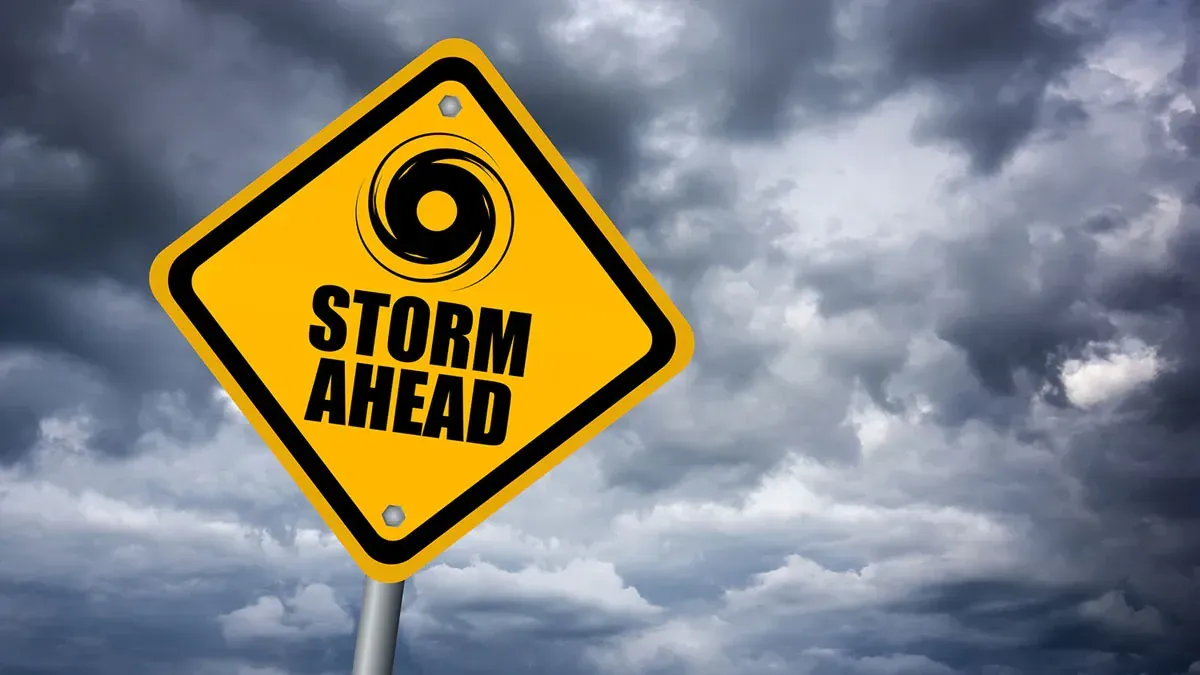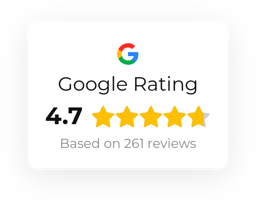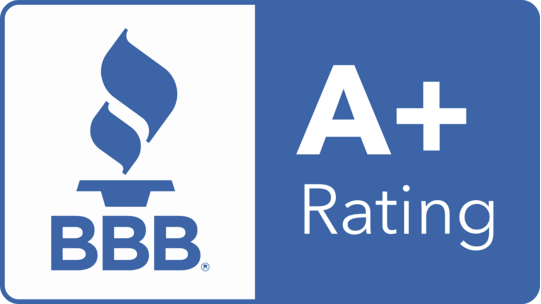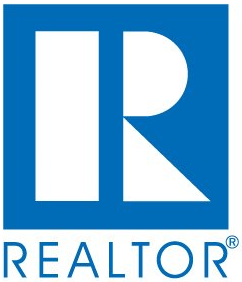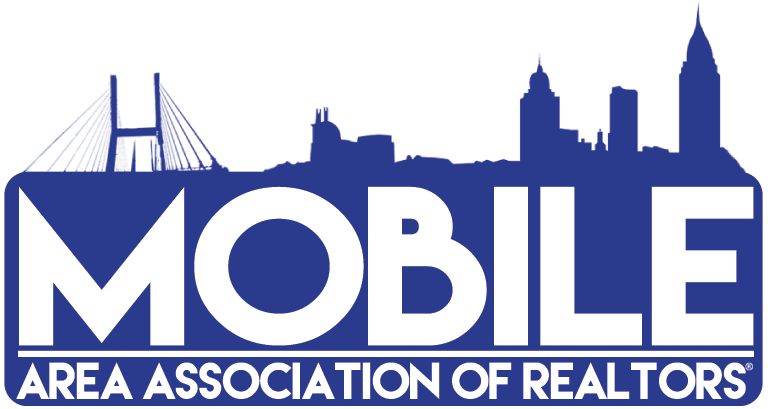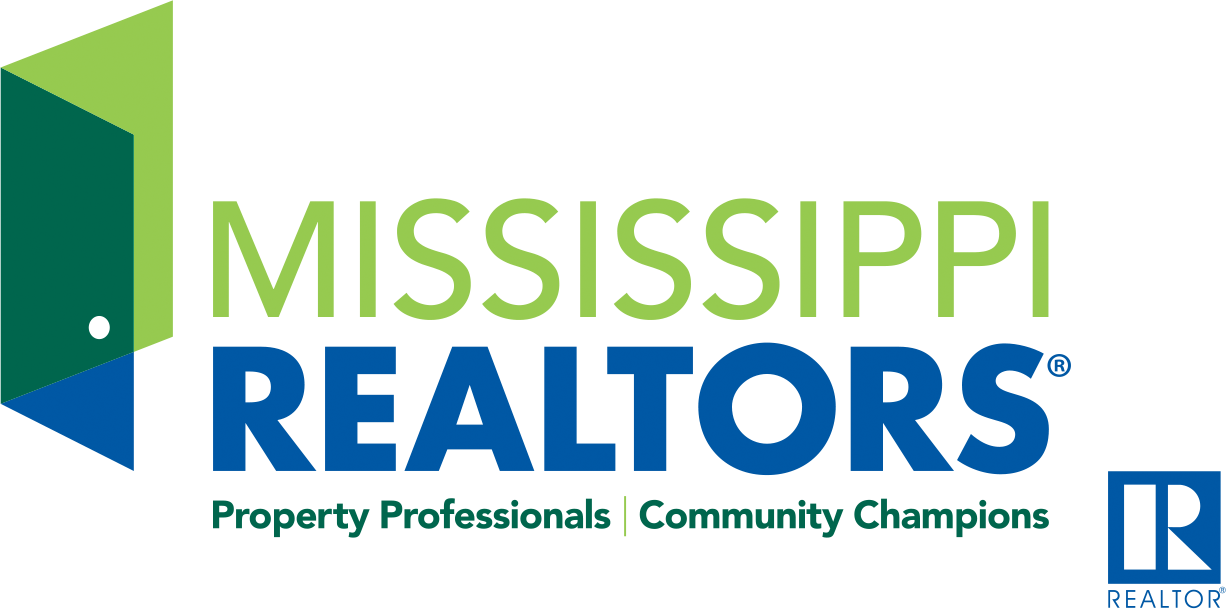The Cold Is Here!
Protect Your Investment From The Frigid Temps & Winter Storms
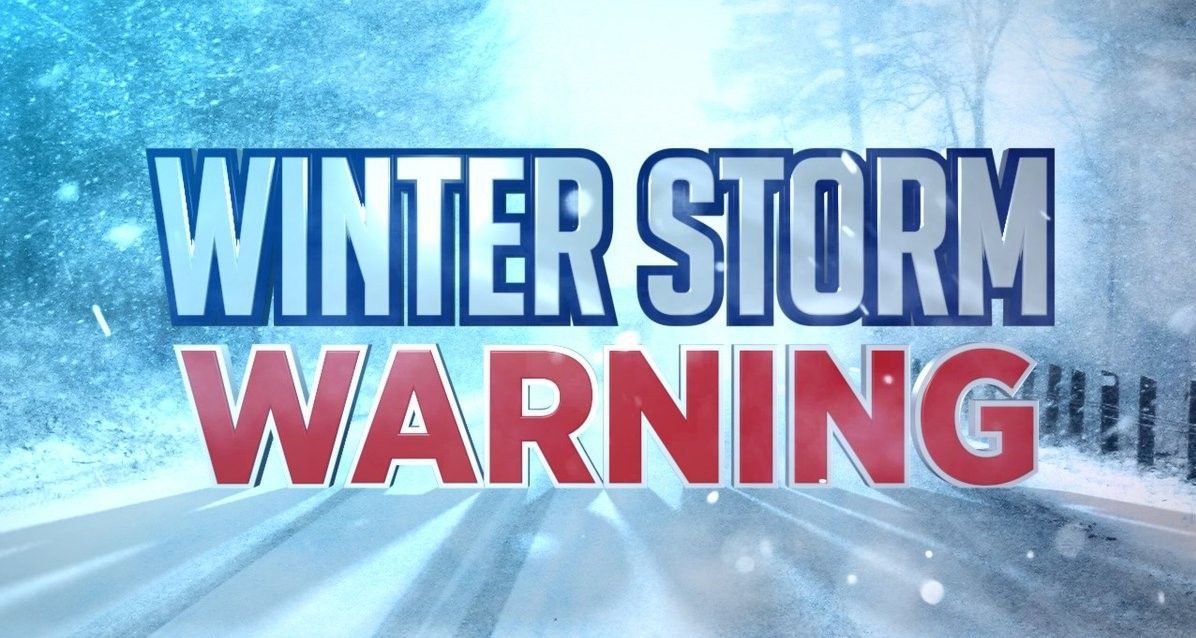
Winter can bring a host of challenges for property owners, especially when extreme cold, snow, ice, and winter storms threaten your tenanted and non-tenanted rental properties. Proper preparation and proactive maintenance are essential to minimize damage, reduce liability, and ensure the safety of tenants and your investment. Here are actionable tips to protect your properties during the winter months.
1. Inspect and Seal the Property
Windows and Doors: Check for drafts and seal any gaps with weatherstripping or caulk. Proper insulation not only reduces heating costs but also prevents pipes from freezing.
Roof and Gutters: Inspect the roof for loose shingles or leaks and clean the gutters to prevent ice dams. Ice dams can cause water to seep into the property, leading to costly repairs.
Foundation and Walls: Seal cracks in the foundation or walls to prevent cold air and moisture from entering.
2. Maintain Heating Systems
Furnace Check: Schedule an annual inspection of the heating system to ensure it’s functioning efficiently. Replace air filters regularly.
Backup Heating: Provide tenants with instructions on using space heaters safely or ensure alternative heating systems are available for non-tenanted properties.
Thermostat Settings: Advise tenants to keep the thermostat at a minimum temperature, even when they’re away, to prevent pipes from freezing. For non-tenanted properties, consider installing a programmable thermostat you can monitor remotely.
3. Protect Pipes from Freezing
Insulate Pipes: Wrap pipes in unheated areas, such as basements, crawl spaces, and attics, with insulation sleeves.
Let Faucets Drip: Encourage tenants to let faucets drip slightly during extremely cold weather to prevent freezing.
Shut Off Exterior Water Supply: Drain and shut off outdoor faucets and sprinkler systems.
4. Prepare for Snow and Ice Removal
Clear Pathways: Arrange for snow removal services to keep driveways, walkways, and parking areas clear. Provide tenants with shovels and salt for personal use.
De-Icing: Use salt or sand to prevent ice buildup on stairs and walkways. For non-tenanted properties, check regularly to ensure the property remains accessible and safe.
Roof Snow Removal: Heavy snow can strain the roof structure. Hire professionals to clear snow from roofs safely.
5. Emergency Preparedness
Supply Tenants with Resources: Provide tenants with a list of emergency contacts, including plumbers, electricians, and snow removal services.
Backup Power: Consider investing in a generator for non-tenanted properties to maintain essential systems during power outages.
Emergency Kit: For non-tenanted properties, leave an emergency kit with essentials such as a flashlight, batteries, and bottled water in case you need to access the property during a storm.
6. Tenant Communication
Winter Guidelines: Send tenants a checklist of winter precautions, including how to prevent frozen pipes, operate the thermostat, and report issues.
Contact Information: Ensure tenants know how to reach you or a property manager quickly if problems arise.
Regular Check-Ins: Schedule periodic check-ins to ensure the property is being maintained and any issues are addressed promptly.
7. Insurance and Legal Compliance
Review Insurance Policies: Confirm that your landlord insurance covers winter-related damages. For non-tenanted properties, ensure you have vacant property insurance.
Legal Obligations: Understand your local laws regarding snow removal and tenant safety. Failure to comply could result in fines or liability for accidents.
8. Monitor Vacant Properties
Regular Inspections: Visit non-tenanted properties regularly to check for damage, frozen pipes, or other issues.
Smart Monitoring: Install smart home devices like temperature sensors and water leak detectors that can alert you to potential problems remotely.
Secure the Property: Ensure doors, windows, and other entry points are locked and secure to deter vandalism or unauthorized access.
9. Plan for the Worst
Winter storms can bring unexpected challenges. Having a contingency plan can help you respond effectively:
Storm Damage: Identify contractors who can handle storm damage repairs promptly.
Temporary Housing: Arrange for alternative accommodations for tenants if the property becomes uninhabitable.
Financial Cushion: Set aside funds to cover unexpected winter-related expenses.
Protecting your rental properties during extreme winter weather requires preparation, vigilance, and clear communication with tenants. By taking proactive steps to insulate, maintain, and monitor your properties, you can safeguard them against winter’s harshest conditions. This approach not only minimizes potential damage and liability but also ensures your tenants’ safety and comfort, preserving the value of your investment.


